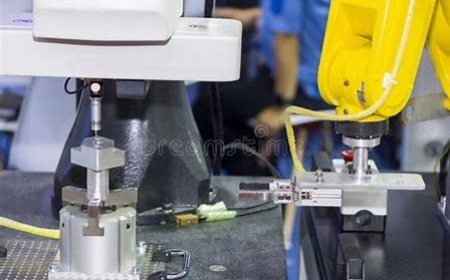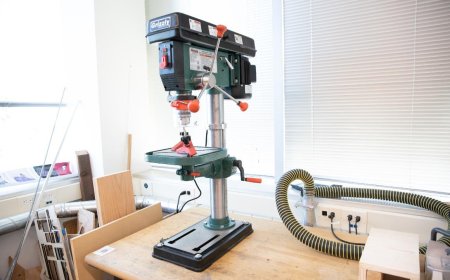- Understand the fundamental principles of fluid mechanics and their application to water resource systems.
- Analyze and design hydraulic systems like dams, culverts, and pipelines to optimize water flow and efficiency.
- Design effective drainage systems, flood control measures, and irrigation networks for sustainable water management.
- Assess water flow behaviors and pressure distribution to ensure optimal performance and safety in hydraulic systems.
- Learn to mitigate flood risks through proper planning and hydraulic design in various environmental contexts.
imaginX is used by many amazing schools and universities
University / College

























